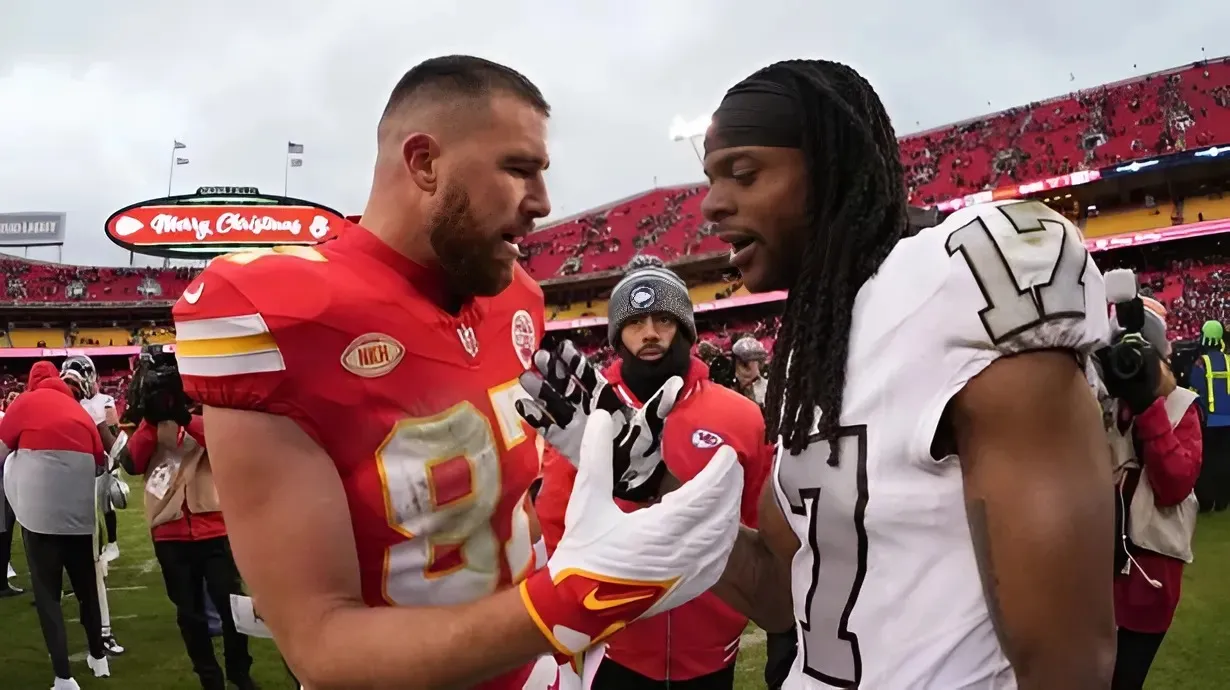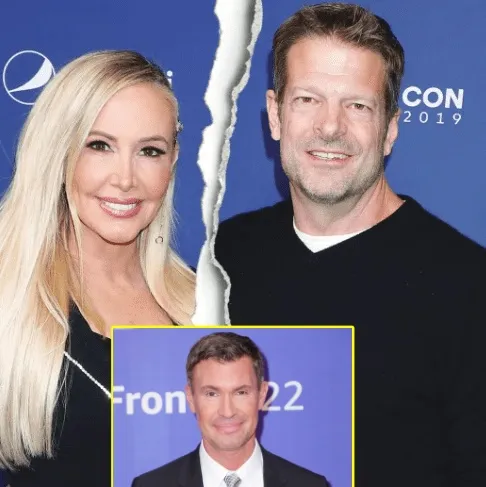Let’s start this article off with what many people love to see. I was wrong and let me count the ways.
I loved Graham Barton coming out of Duke. His high-end athletic traits paired with his football intelligence made him a very intriguing prospect who had a high ceiling and relatively modest floor. That floor was largely due to a likely position switch he would have to make from left tackle to center upon entering the NFL.

Barton was 15th overall on my 2024 draft board. So, I should have been excited when the Bucs selected Barton 26th overall in the 2024 NFL Draft, right?
Well yes, and no.
I didn’t necessarily dislike the pick and thought the Bucs got good value for such a high-ceiling prospect 11 spots past where I had him ranked. But the positional value for Barton’s likely position, center, had me worried the Bucs were going to struggle to get the appropriate value for Barton.
To better illustrate what this looks like, I recently developed a draft value chart that uses free agent valuations for each draft pick. The 26th overall pick is worth $46.79 million dollars in today’s salary cap. That valuation is represented over a four-year contract. That means Barton’s value on a per year basis needs to be equivalent to $11.7 million per year. He would need to be as good as the sixth-best center in the NFL over the course of his rookie deal in order to return that kind of value.
Graham Barton’s Best Position
As I mentioned earlier, Graham Barton’s most likely position as a pro was center even though he was a star left tackle at Duke. But there were plenty of questions as to whether him at center would be best for the Bucs. Last year Tampa Bay had trouble across all three of their interior offensive line positions. The team was counting on a big jump forward in year two from right guard Cody Mauch. But the team was looking to make external changes at both left guard and center.
Prior to drafting Barton, the Bucs signed veteran guard Sua Opeta and Swiss Army knife Ben Bredeson, who had experience at all three interior positions. I wasn’t overly impressed with either player as a starting option over the summer. And when accounting for Robert Hainsey, last year’s starting center, still being present on the roster, I thought the best version of the Bucs offensive line would be Hainsey remaining at center and Barton starting his career at left guard.
I saw Hainsey at center as a better option for the team than either Opeta or Bredeson at guard. Plus, I felt Barton would benefit from moving inside without having to add additional pressure and responsibility of learning how to snap as well as making line calls.
Ten games into the season and it looks like the Bucs had a fantastic plan that has so far executed very well. Barton’s transition to center hasn’t always been seamless, but his athleticism in space jumped off the tape from the preseason on.
And in recent weeks his snap-to-burst time has been almost automatic. With each week he throws multiple highlights out with improved consistency.
I am also willing to start the discussion of Barton possibly ascending to a Top 5-10 center in the game as soon as next year. That may seem premature considering he is tied for the fourth-most pressures allowed by a center this season and his pass block efficiency rating is 23rd among qualifying centers. He still has two or three rough snaps a game. But Bucs fans shouldn’t be unfamiliar with this growth path. Cody Mauch went through a similar progress curve last year and even early into this season.
The best part is that Bredeson is playing the best football of his career next to Barton, making them both cogs in a Top 5 offensive line unit in the NFL.
Building For The Future
Graham Barton now joins left tackle Tristan Wirfs, right tackle Luke Goedeke, and yes, right guard Cody Mauch as pillars along Tampa Bay’s offensive line. All four are under contract in 2025 and will likely continue to operate as a major part of the Bucs offense for the foreseeable future.
Center is an interesting position as it relates to the first round of the draft. They have the highest historical hit rate since 2000. This meant Barton statistically was a safe pick for the Bucs and general manager Jason Licht.
But with Barton’s elite physical traits, combined with how quickly he has already started to pick up his new position, gives him the opportunity to provide high-end value that goes beyond the value of his draft position. All while striking one position off of the team’s future “to-do” list.
With Barton and the rest of the offensive line performing so well it should allow Jason Licht and his scouting department to aggressively attack the team’s defensive needs next year in an effort to better balance the team.
And for a guy like me who openly questioned the value of the pick at the time, then questioned whether the Bucs were best utilizing their line talent in their starting lineup, it serves as a reminder that there are multiple ways to find a path to success. And Licht and his personnel team have often found ways to do so.



